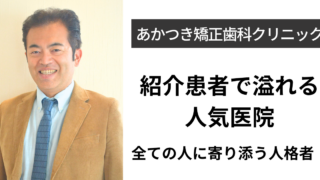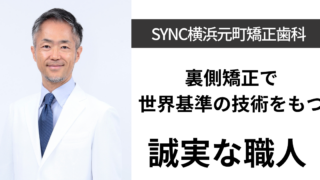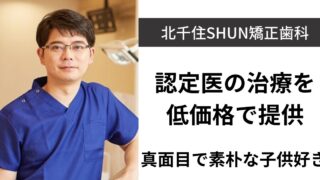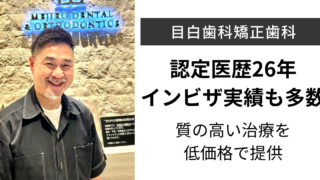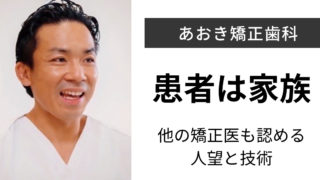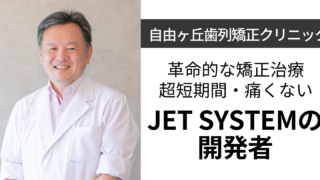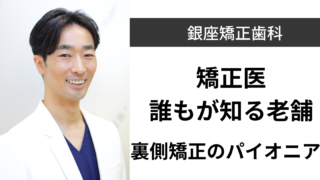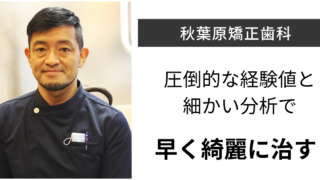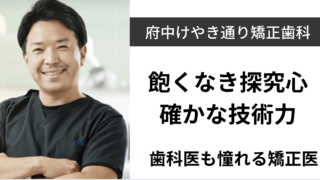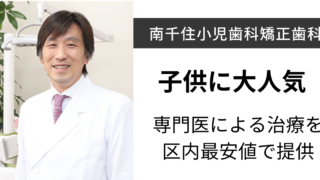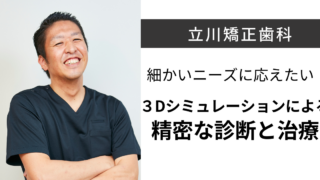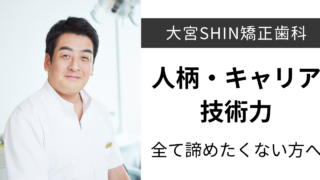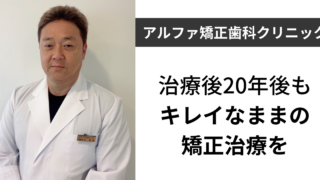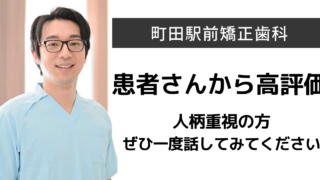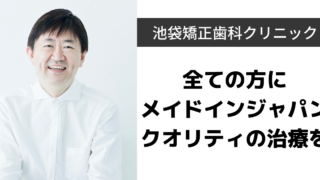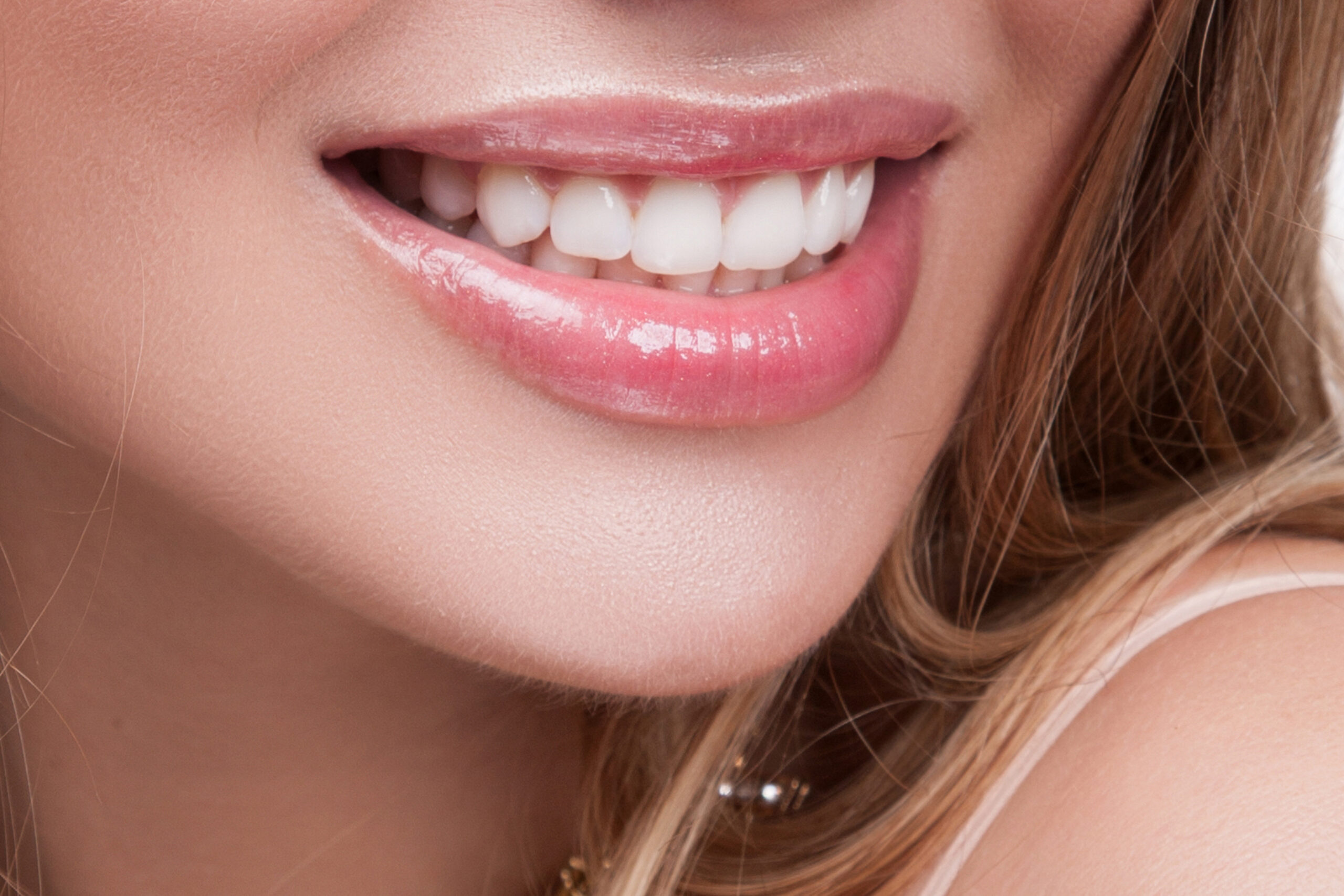
Can your teeth be partially straightened? Or not?
Partial alignment of teeth, such as front teeth onlyPartial correction.The following is a list of the most common problems with the
Recently, more and more patients are requesting partial orthodontic treatment. However, since there are cases where partial orthodontic treatment is applicable and cases where it is not, it is important to conduct a thorough examination and diagnosis prior to treatment.
In this article, we will explain the popular partial orthodontic treatment with examples of its application.
What is Partial Correction?
Partial orthodontic treatment of the front teeth only.
Partial orthodontic treatment is an aesthetic orthodontic treatment that mainly aligns the front teeth. In treatmentOrthodontic appliances are placed on the front teeth only to straighten the teeth.It is suitable for treating mild disturbances in the alignment of the teeth, and many people undergo it for cosmetic purposes.
Partial braces for the back teeth are also available, but they are less common, with braces for the back teeth only being applied only in limited cases, such as when the patient wants to adjust the alignment of the back teeth without removing the wisdom teeth or when the wisdom teeth are moved orthodontically to where there are no back teeth.
Partial orthodontic treatment includes wire braces, in which wires and brackets are attached to the teeth, and mouthpiece braces, in which a transparent mouthpiece is used to straighten the teeth. Ceramic orthodontics is another orthodontic treatment in which ceramic crowns are placed over the teeth to make them appear more beautifully aligned.
Who can and cannot have partial orthodontic treatment
Many people want partial orthodontic treatment, but the conclusion is that partial orthodontic treatment can be used in some cases.
Very mild misalignment of teeth
The treatment can only be applied to Many people want partial orthodontic treatment "as fast as possible", "as cheap as possible", and "as easy as possible". However, partial orthodontic treatment is not for everyone.
Examples of applicable partial orthodontic treatment
Very slight bucktooth
Very slight anterior tooth eruption
Very slight tilt of anterior teeth
Very slight anterior teeth gap
No problems with back teeth or alignment of teeth.
Partial orthodontic treatment can be applied only when there is "very slight misalignment of the front teeth" and "no problem with the meshing of the back teeth" as described above.
Examples where partial orthodontic treatment is not applicable
Severe protruding teeth (maxillary protrusion)
Severely bumpy teeth (plexus)
Receiving mouth (mandibular prognathism)
Open bite: The upper and lower teeth do not bite tightly together.
Misalignment of upper and lower teeth (front-back, left-right)
Problems with back teeth and alignment of teeth.
Children who have not yet developed a full set of permanent teeth, including wisdom teeth
As a rule, partial orthodontic treatment cannot be performed on "people with functional problems such as tooth meshing. It is not applicable to people with significant misalignment of teeth, problems with the meshing of upper and lower teeth, or problems with the alignment or meshing of the back teeth. Also, basically, a passive mouth cannot be cured by partial orthodontics. Receptive mouth is a condition in which the lower front teeth are greatly protruded forward and the lower jaw itself protrudes forward, so it cannot be cured by partial orthodontics.
Partial correction is,Not applicable for people who need to fundamentally fix their entire set of teeth.It is important to remember that
Can I have partial braces even if I have an incisor?
An inserted tooth is covered from the top with the root of the tooth still in place. Depending on the location and condition of the tooth replacement, partial orthodontics can be performed.
However, it should be noted that depending on how it is moved, there is a possibility that the replacement tooth may come off in the process or it may have to be remade.
In addition, brackets and attachments may be difficult to attach depending on the material, although this is not limited to partial braces.
How do you determine if partial correction is possible?
Examination and diagnosis provide the dentist with a comprehensive
Whether or not partial orthodontic treatment is possible is comprehensively determined by examination and diagnosis by the dentist.
Your own feelings about your teeth and your budget
In principle, partial orthodontic treatment can be applied only to very mildly misaligned teeth. However,

I can't afford full jaw correction, but I can manage to get partial correction.

I don't want to do full jaw correction, but I want to do partial correction.
Partial correction may still be performed in such cases.
Even in cases that should be treated with full-arch orthodontics, the idea is to first improve even just the front teeth with partial orthodontics rather than giving up on the treatment.
Some dental offices
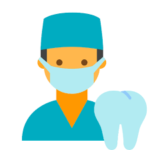
Partial correction is not performed.
In some places, it's called,

You can start with partial braces to clean just the front teeth.
In some cases, this is the case. (However, most clinics do not use partial braces for severely misaligned teeth, but full braces. (However, most clinics do not use partial braces for severely misaligned teeth, but use full braces.)
Orthodontic treatment is characterized by its approach to improving the bite as well as the appearance of the teeth. If you have problems with the alignment of your teeth and wish to fix them "as quickly" and "as inexpensively" as possible, partial orthodontic treatment is one option to solve the problem, regardless of how mild or severe the symptoms are.
However, if the teeth are severely misaligned, it is impossible to fix only the front teeth. The final decision on whether or not to do partial orthodontic treatment isWe recommend that you discuss this decision with your dentist.
Should I have partial braces? Is it OK if I don't?

In the end, should I get partial braces? Or can I do without?
Partial orthodontics is basically "Appearance concernsThis treatment is categorized as an aesthetic treatment to solve the problem of "what is the problem? On the other hand, full orthodontic treatment is performed to improve not only the appearance but also the function of the mouth, including mastication, bite, and breathing. If the teeth are indicated for full orthodontic treatment and partial correction would upset the overall balance, partial orthodontic treatment is not a good choice and what can be done is limited.
However, partial orthodontic treatment is not a bad idea if the effect of partial orthodontic treatment on the overall bite is minimal or if partial orthodontic treatment is indicated. Please discuss with your doctor whether partial orthodontic treatment is right for you or not.
Summary
Partial orthodontic treatment is relatively faster and cheaper than full-arch orthodontic treatment, but the number of applicable cases is limited. Even if you only want to partially correct the alignment of the front teeth, partial orthodontics cannot be applied if the teeth are severely misaligned.
Partial braces are suitable for people who want to fix their front teeth just a little.
...I'm struggling with appearance issues.
No major problems in terms of dental function such as bite
In such cases, partial orthodontic treatment may be considered. However, if you want to fundamentally correct the alignment of your teeth, full-arch orthodontics is the first choice. It is important to consult with your dentist to decide whether partial or full orthodontic treatment is right for you.
If you are not sure which dental clinic to choose, or if you want to know which treatment is right for you..,365dentist for free online consultation with active dentistsfor more information.
Dr. Yukiko updates useful dental information on Twitter... and you can also reach her here...
365dentist General Supervisor Dentist/Yukiko Katsuya
Graduated from Nagasaki University Faculty of Dentistry, worked at Kyushu Medical Center, and currently works at a dental clinic in Tokyo
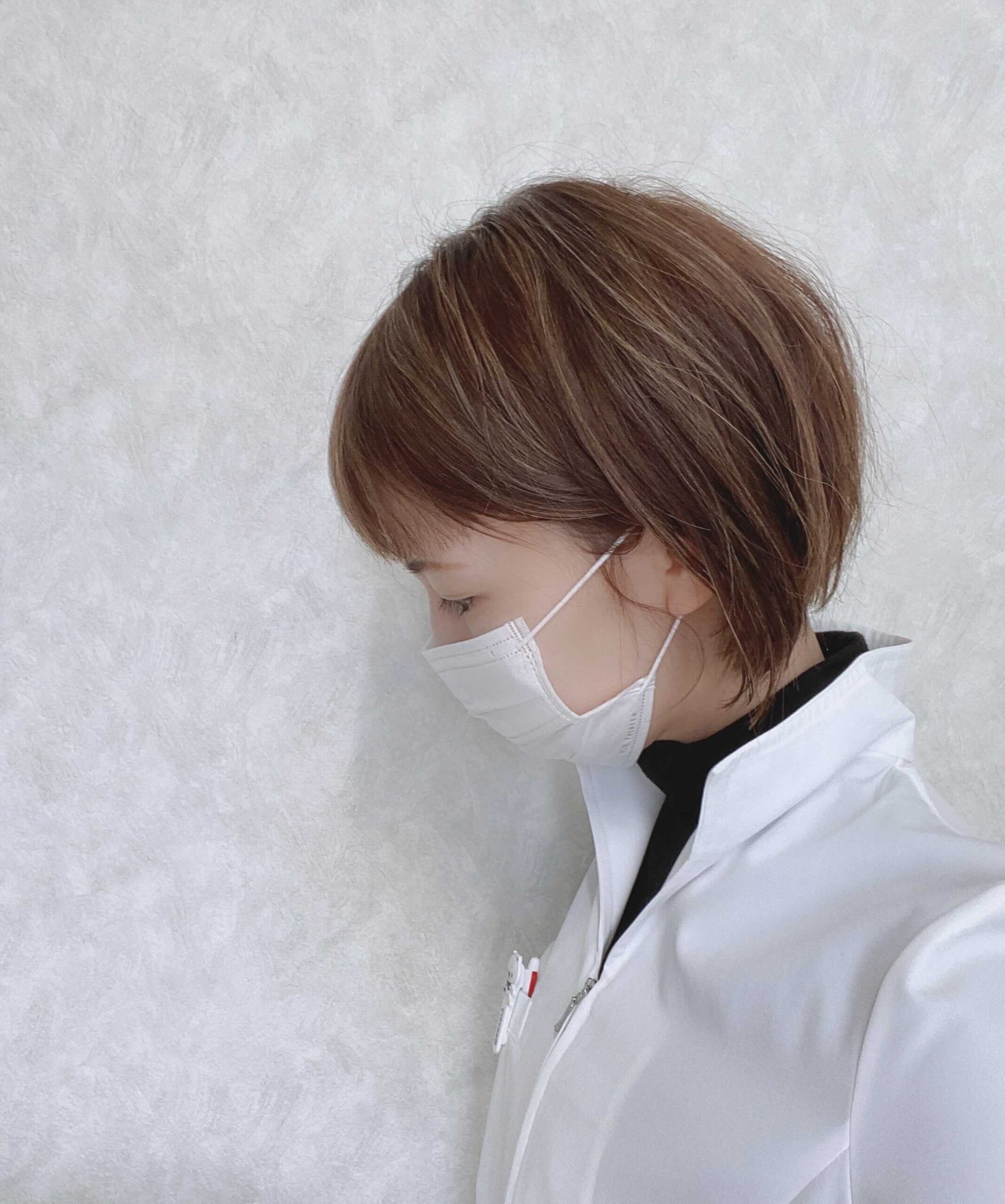 Supervisor: Dentist/Naomi
Supervisor: Dentist/Naomi
After completing clinical training, worked in cosmetic dentistry in Tokyo. Currently a part-time dentist and dental writer.
Member of the Japanese Society of Aesthetic Dentistry/Invisa Doctor

